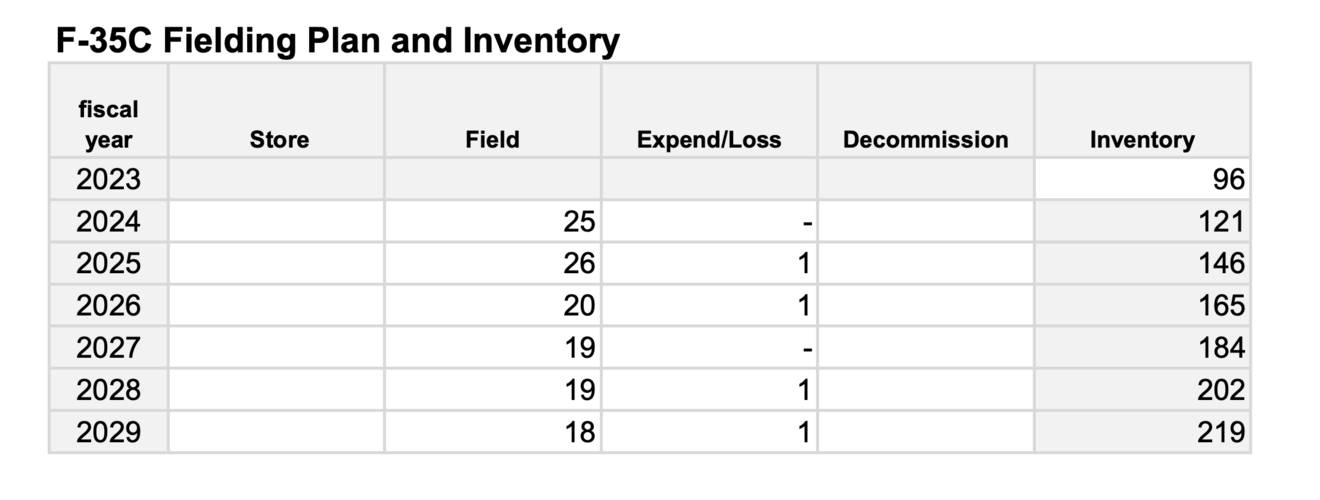I think the USN has not settled it because they don't yet understand the implications of operating the MQ-25 on the boat. The projected 2030 Carrier Air Wing was here,
which includes 5-8 MQ-25 from 2021 and
here
Interesting that in 2021 the USN, per the above TWZ article, was still considering whether the F/A-XX would be manned or not but was leaning towards manned.
This
link lists the now outdated study on what the airwing of 2040 was supposed to look like including full F/A-XX, life extended F/A-18E/F and a mix wit increased unmanned aircraft.
Note MQ-25 features with double the expected number and F/A-XX is only a single squadron that is complemented by strike focused UCAV. In tat context perhaps an adaptive engined F-35C isn't necessary if additional refuelling assets will be available.




